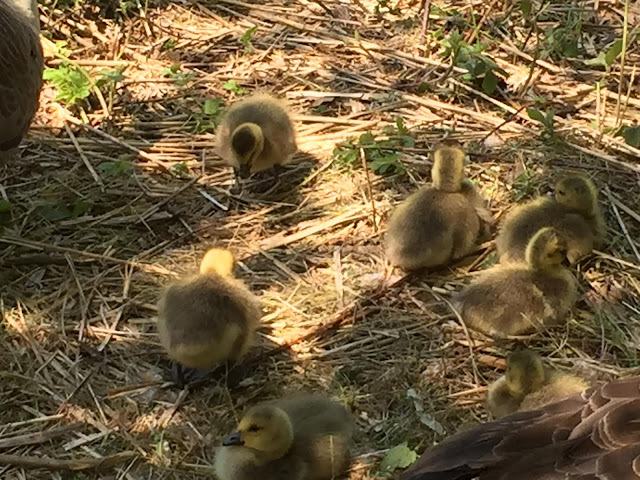Where there's a Will #Genealogy
For many years, my great great grandmother Sarah Ann PETT was a brick
wall in following my family tree. Apart from her marriage to John LINFER(D)
in Wisbech and the fact that her brother
William PETT is listed in the 1871 census as living with her in Walpole St
Peter, Norfolk, I was unable to find any other reference to her family. It was as if these two PETTs were orphans who
had popped out of nowhere
Finally I was able to travel to Walpole St Peter where I found the gravestones of Charles and Henry PETT in the churchyard but I was still unable to connect them with Sarah Ann. From my early days of family history research I have listed queries on surname websites such as Genforum. I had no reason to believe that I had connections in the US or Australia but nothing ventured, nothing gained.
Out of the blue, in 2002, I received an email from someone called Mark in Missouri, concerning a will he had in his possession, dated 1876. The will of Joseph PETT, who had died without children, in Wiggenhall St Mary Magdalen, contained a long list of beneficiaries including William PETT and his sister Mrs LINFORD. It also listed four other large PETT families, including Henry and Charles, whose tombstones I had seen in Walpole St Peter. The will contained the married names of the female members of the extended PETT family enabling me to connect to other families in Cambridgeshire, and Norfolk.
Soon Mark and I were collaborating with another distant cousin in the UK
and one in Australia. Two more cousins joined our mailing list via Genes
Reunited. All instigated by the wealth
of connected surnames in Joseph PETT’s will.
Hard times farming in East Anglia in the 1840s had caused most of the
PETT family to emigrate to the States or to Australia. However, from 1850 to 1875 farming in
Britain thrived. Grain was the
predominant crop in East Anglia and due to the Crimean War and the
American Civil War, there were not yet large surpluses of cheap wheat to
threaten the British grain farmers.
Wheat prices rose from 40 shillings per imperial quarter to 57s between
1850 and 1871.
After Joseph's death the solicitor had to calculate all the expenses involved in the funeral and running costs for his 91 acre farm. There were wages to be paid including boys at a lower rate. The seasonal tasks such as threshing, harvest and wood cutting involved extra labour and there were local taxes such as the poor rate, Highway rate and church tithe to be paid, not to mention fire insurance. As the farm was in the Fens digging drains and maintaining banks was an important necessity.
The very long expenditure list (4 times the lists shown above) included
fees for mole catching, a boy leading the horses, crow keeping and hoeing. As Joseph was a landowner, a list of receipts
from local tenants gave added colour to his story. Other receipts include the
sale of sheep and bullocks. Joseph may have had no surviving children but he
left quite a dynasty.
Subscribe to:
Posts (Atom)
-
I have been trying to discover more about life for a 19 th century soldier’s wife and children to fill out the account of my great-grandfa...
-
The Gaiety Theatre introduced a new style of musical comedy to London in the 1890s. The group of female dancers employed by the thea...
-
“The most photographed woman in the British Empire” Looking through my collection of Postcards of Edwardian actresses the most stri...



























